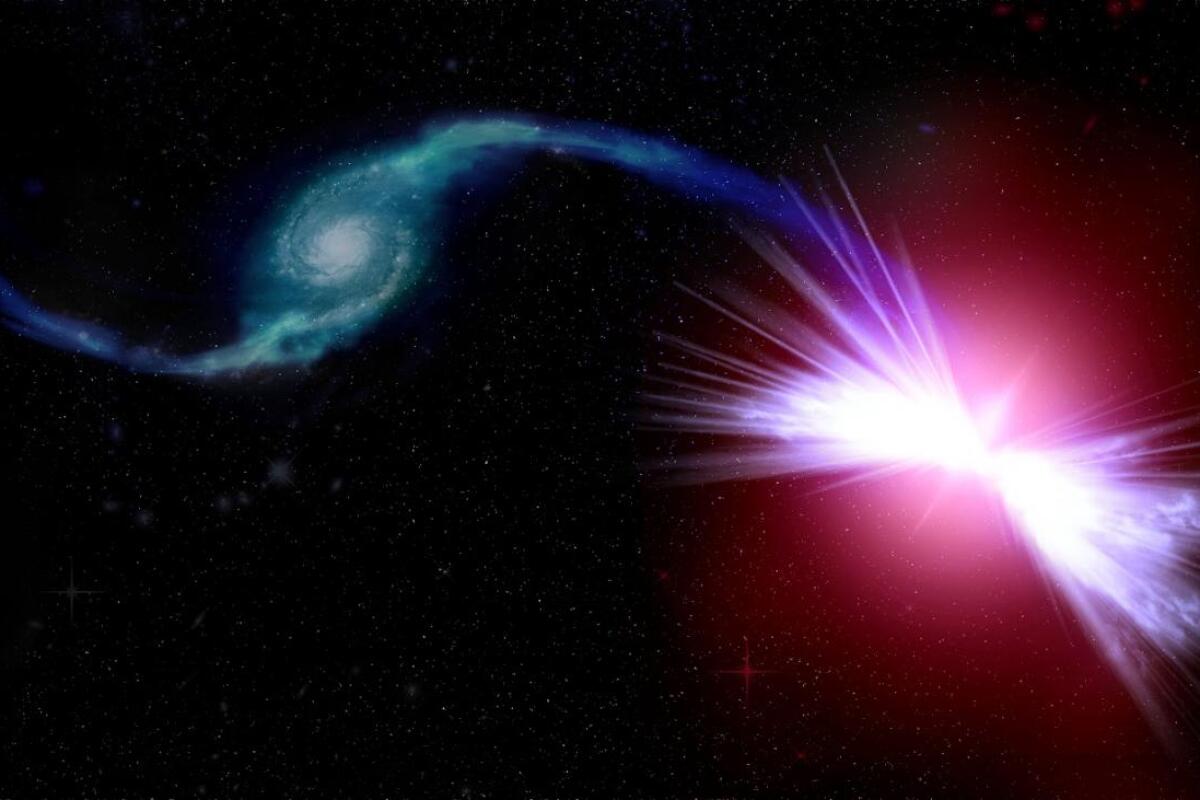An international team of scientists may have discovered the key to a phenomena known as "galactic warming," which is thought to be responsible for a dramatic drop-off in star production on galactic scales. Prior to the study, the cause of the warming was largely unknown, though it had been linked to the presence of the supermassive black holes lurking at the center of dormant galaxies.
Ordinarily, stars formout of interstellar clouds of dust and gas, which cool over time,allowing knots to form. If these knots, or clumps, accrue enoughmass, they collapse in on themselves, forming the core of a newly-born star. Galactic warming is thought to prevent this fromtaking place by constantly heating the gas, leaving the star-formingmaterial too hot and energetic to settle and form the initial clumps.
Previous studies hintedat black holes as the cause of the phenomenon, though up until now nodirect observations had been made to confirm the theory. This is dueto the inherent difficulties in mapping the structure of materials ona galaxy-wide scale, and the speed at which black hole events canoccur.
The missing evidencewas discovered by astronomers taking part in the new component surveyof the Sloan Digital Sky Survey known as "Mapping Nearby Galaxies atApache Point Observatory" (MaNGA). The team spotted a galaxy with allof the correct ingredients to generate a new generation of stars, yet which was populated solely by older stellar bodies due to galactic warming.This newly-discovered form of galaxy is known as a red geyser, sonamed due to the reddish tinge of the aged stars.
"MaNGA is anambitious survey, aiming to observe 10,000 galaxies in total," statesDr. Anne-Marie Weijmans of the University of St. Andrews' School ofPhysics and Astronomy, one of the scientists responsible for thediscovery. "But because we observe such a large number ofgalaxies, we are able to catch the rare ones and discover new cases,such as these red geysers."
Thefirst of these newly-discovered red geyser galaxies has been giventhe nickname Akira, while a nearby companion galaxy has beententatively named Tetsuo. The astronomers found that the supermassiveblack hole at the center of Akira was siphoning away and consumingvast amounts of material from Tetsuo, and using it to fuel powerfulsolar winds.
Astronomersbelieve that the winds emitted by the black hole are energizing andheating the gas in Akira to temperatures above the star formationthreshold. Alarmingly, the team behind the research have suggestedthat the Milky Way is not immune to this effect, and that our galaxymay one day become a red geyser, transformed by the winds generatedby our central supermassive block hole Sagittarius A*.
Apaper on the research has been published online in the journal Nature.
Source: University of St. Andrews




